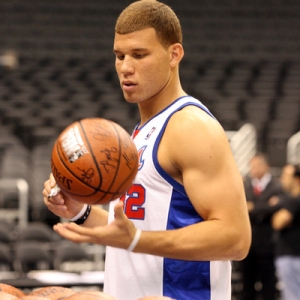
NBA betting theories come and go with the changing of the wind. Bettors may find an edge over the sportsbooks, but then the sportsbooks will adjust their lines and that edge will disappear, leaving bettors to look for a new one. The system is that cyclical. However, that does not mean certain theories and ideas cannot be revisited over time and used or at least referenced when handicapping a basketball game. The zig-zag theory happens to be one of those interesting sports betting concepts that played well for a time, earned bettors some money (mainly during the 90s) and flamed out once the theory became too popular.
The theory itself is simple: bet the losing team for the next game. The idea is that the losing squad will bounce back and either get a win or cover the spread during the next matchup. The playoffs are supposed to be comprised of the top 16 teams in the league, and even though a No.1 seed is clearly better than a No. 8 seed, the matchup should remain relatively competitive. Let's take a closer look at the zig-zag theory and go over how it has fared over the last few years.
Zig-Zag Theory Performance
The zig-zag theory goes a bit further than simply betting the last team to lose and is commonly misused by bettors. The first step is to wager on the home team for Game 1 with the idea that home-court advantage will be at its peak and then to wager on the loser for Game 2 and then revert back to betting the home team for Game 3 since it will be the first home game for the lower seed. A bettor should then follow the original pattern and wager on the loser for the rest of the series.
According to most stats available online, the zig-zag play has won at a near break-even rate in each game of the series, with a few notable exceptions: Games 3, 5 and 7. The zig-zag for Game 3 has historically produced the best record, covering 55.8 percent of the time, while Game 7 has produced a 55.1 win rate. The worst zig-zag game in a playoff series tends to be Game 5, where the losing team has only covered that matchup 48.1 percent of the time. Overall the zig-zag theory has slipped drastically since 2001, and those plays have only produced a 51.1 percent win rate over the last 14 years as opposed to a 55 percent mark during the 90s.
Is the Zig Zag Theory Still Viable?
Blindly betting the zig-zag theory won't produce a winning returning over the long haul-during the first round of last season's playoffs the theory was profitable, but it drastically fell off during the second round-but it is still an idea that all bettors can learn from and take into account when handicapping a basketball game. Every postseason there will be a couple of teams that are utterly dominant and will probably blow the competition away-for 2015 think Golden State and Atlanta-but for the rest of the series matchups that probably feature two even teams, taking the zig-zag theory into account can be a great way to make a profit on the NBA playoffs.
Read more articles by George Monroy
Most Recent NBA Handicapping
- NBA Players Who Transformed Their Career After a Trade
- Top 5 NBA Players Who Should’ve Stayed With Their Original Team
- NBA Betting: Atlanta Hawks Season Long Handicapping 12/23/2025 vs. Chicago Bulls
- NBA Betting Trends Analysis and Expert Handicapping 12/22/2025
- Hot and Cold NBA Betting Teams ATS and Over Under 12/22/2025
- NBA Betting: Atlanta Hawks Season Long Handicapping 12/19/2025 vs. San Antonio Spurs
- NBA Betting: Atlanta Hawks Season Long Handicapping 12/18/2025 vs. Charlotte Hornets
- NBA Players Who Would’ve Been Great in Any Era
- 5 NBA Players Who Played for a Record Number of Teams
- NBA Betting: Atlanta Hawks Season Long Handicapping 12/12/2025 vs. Detroit Pistons
